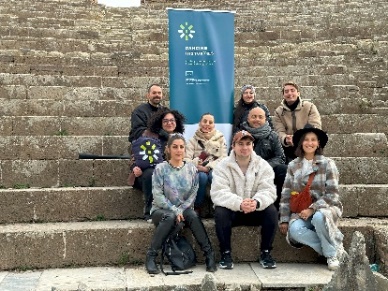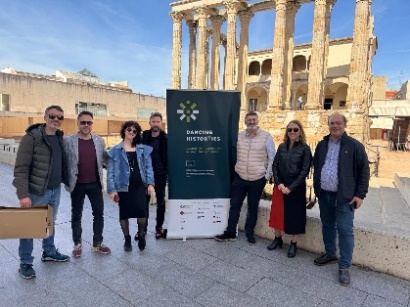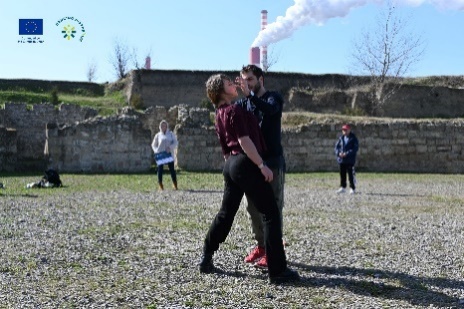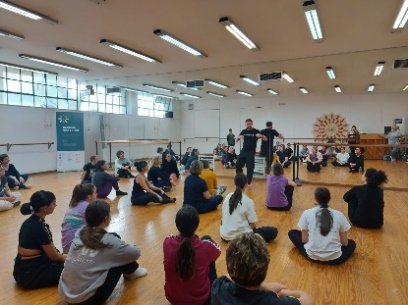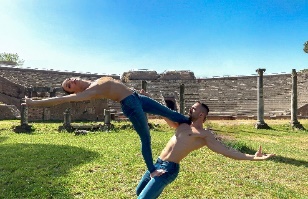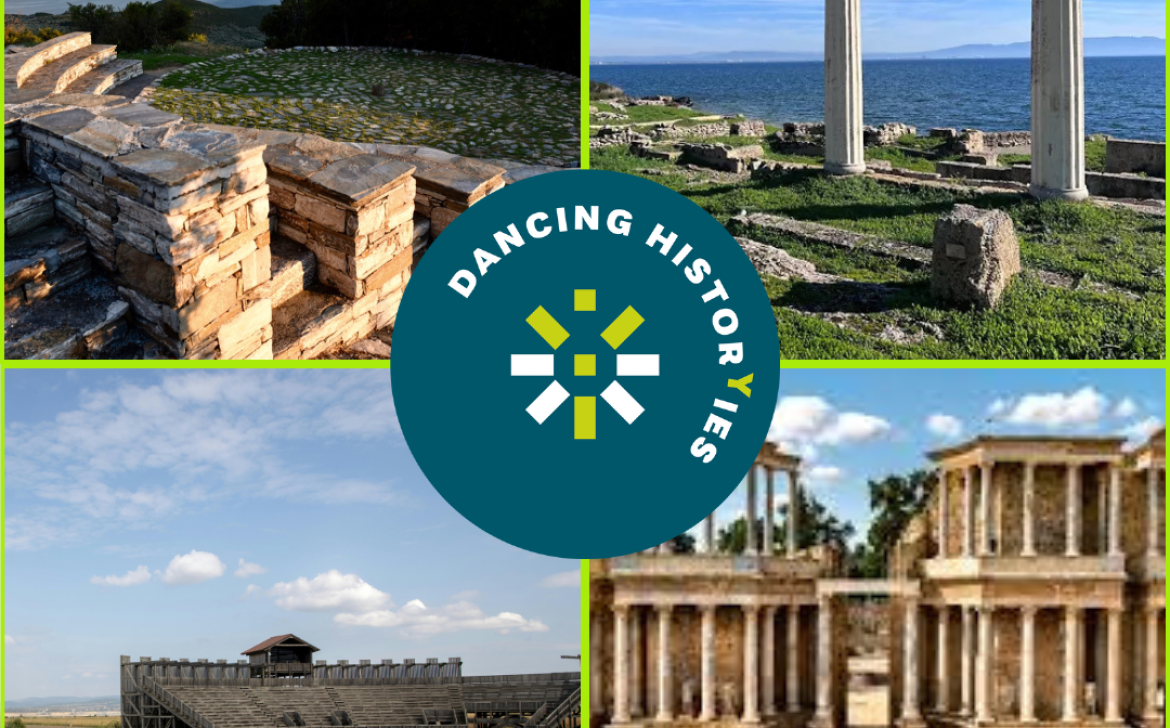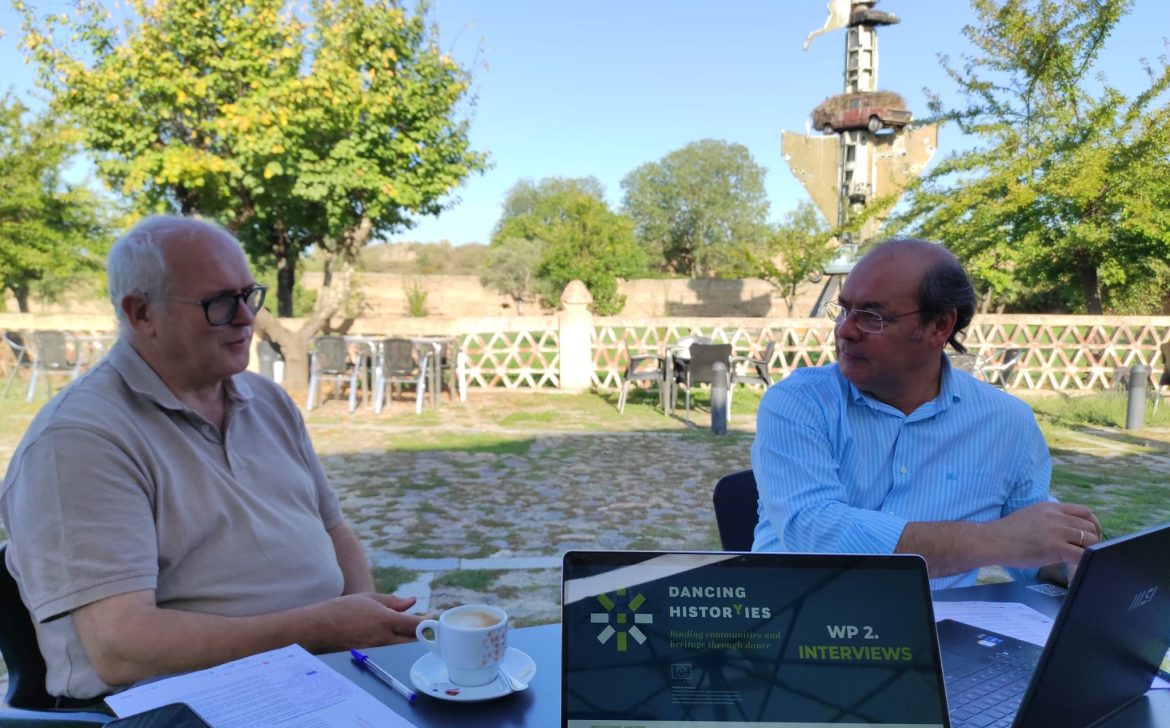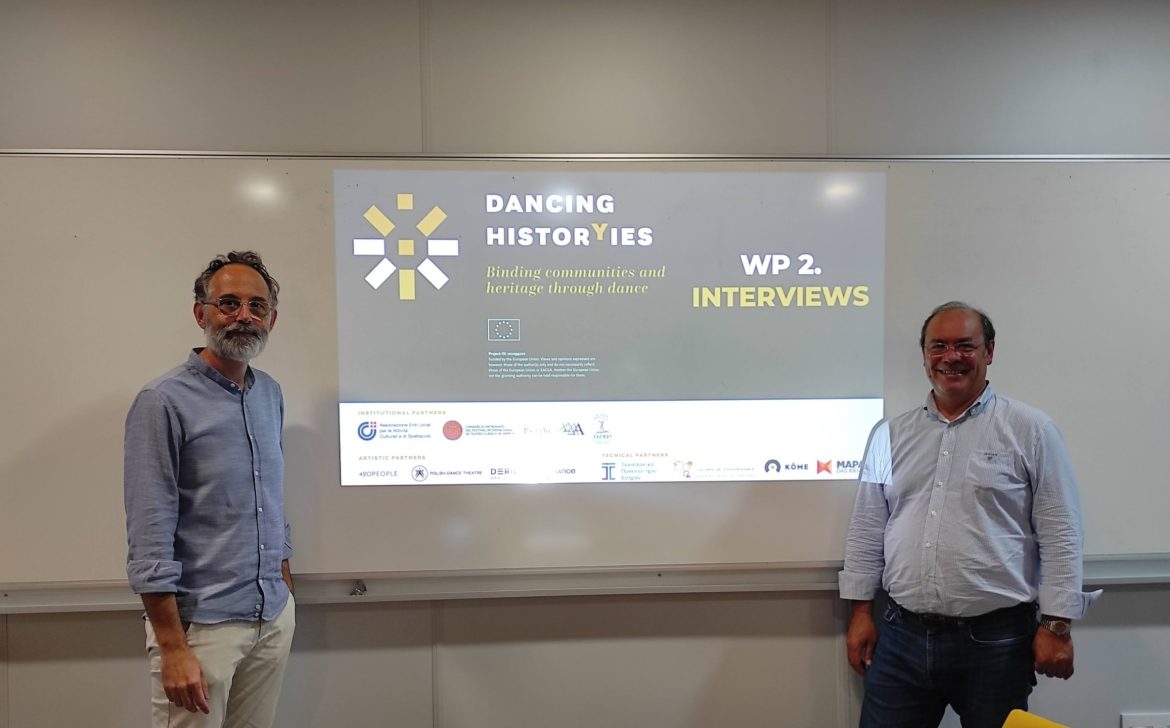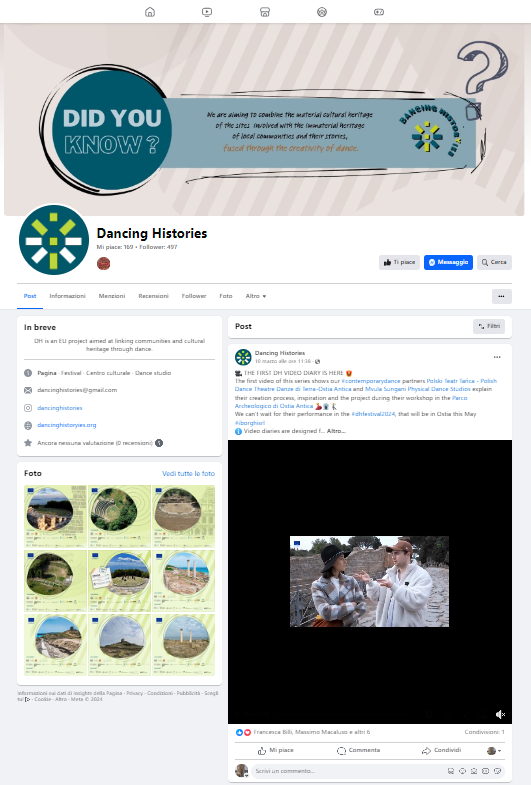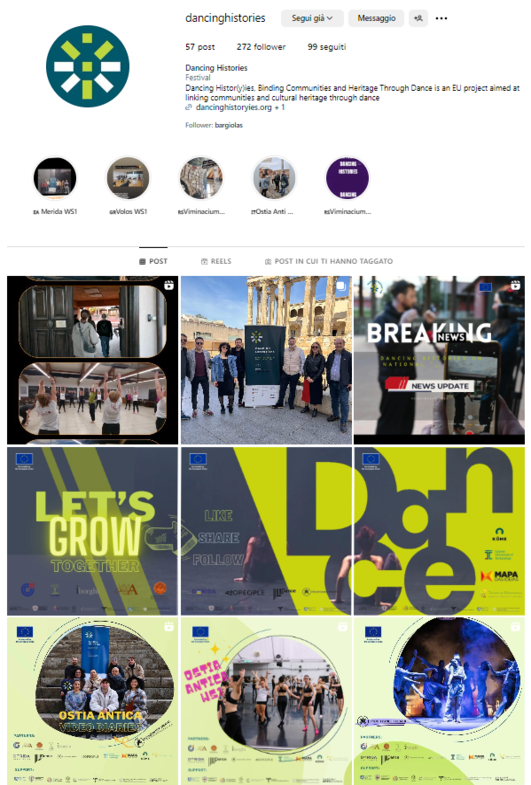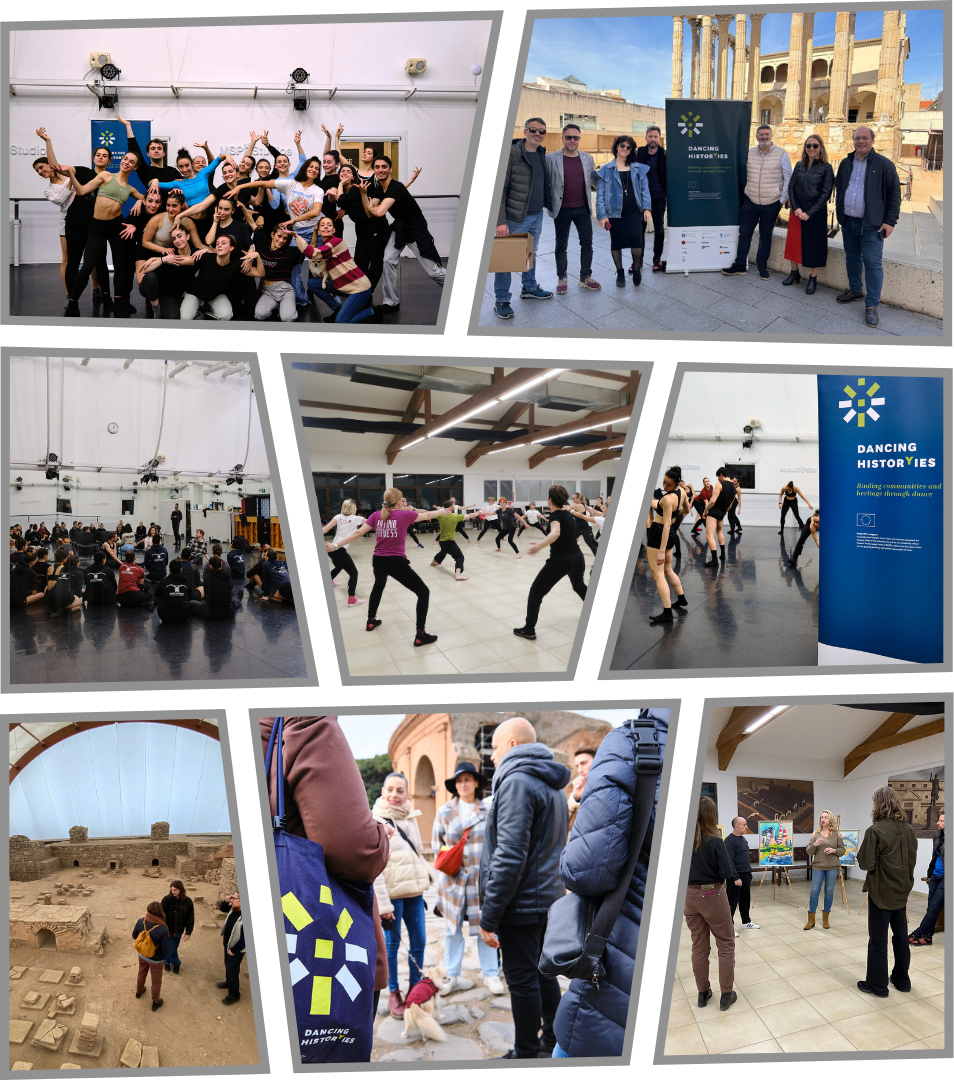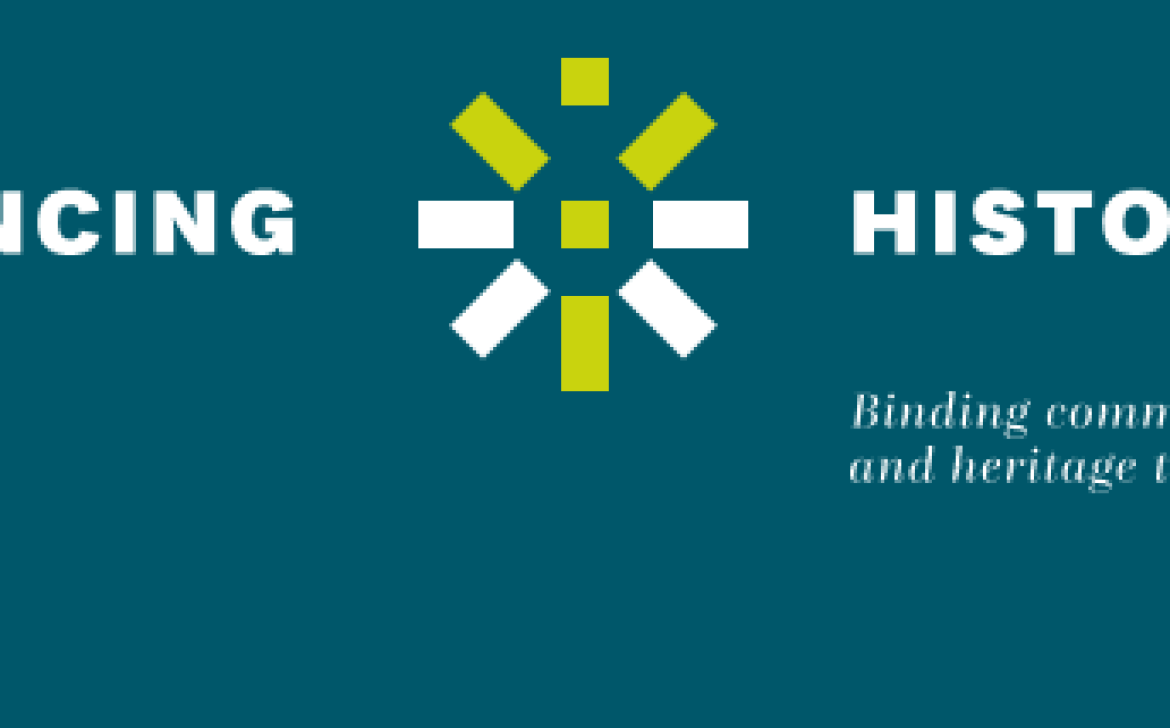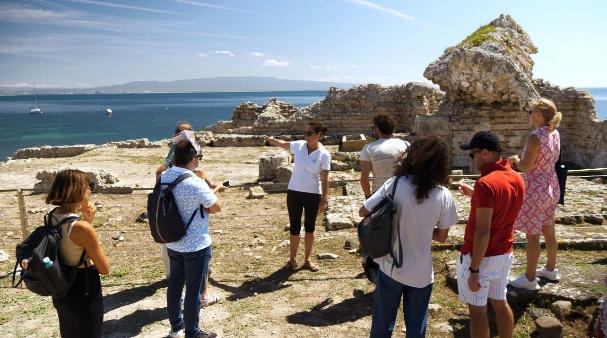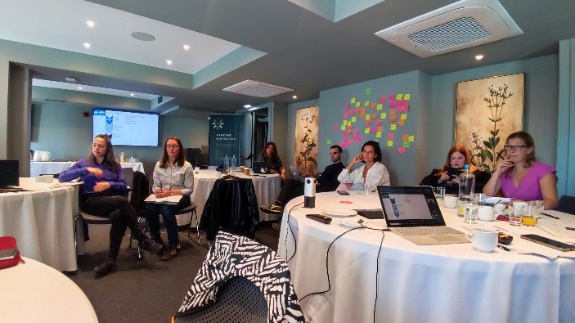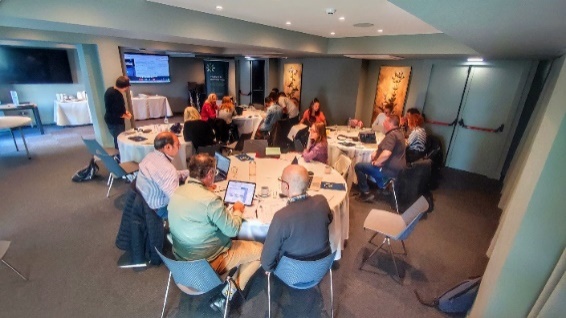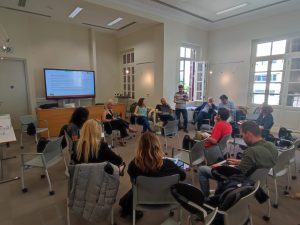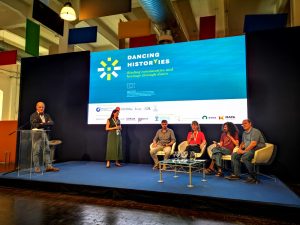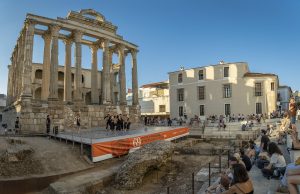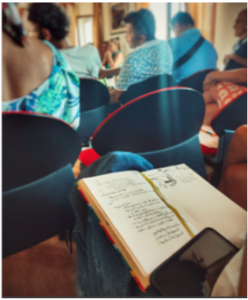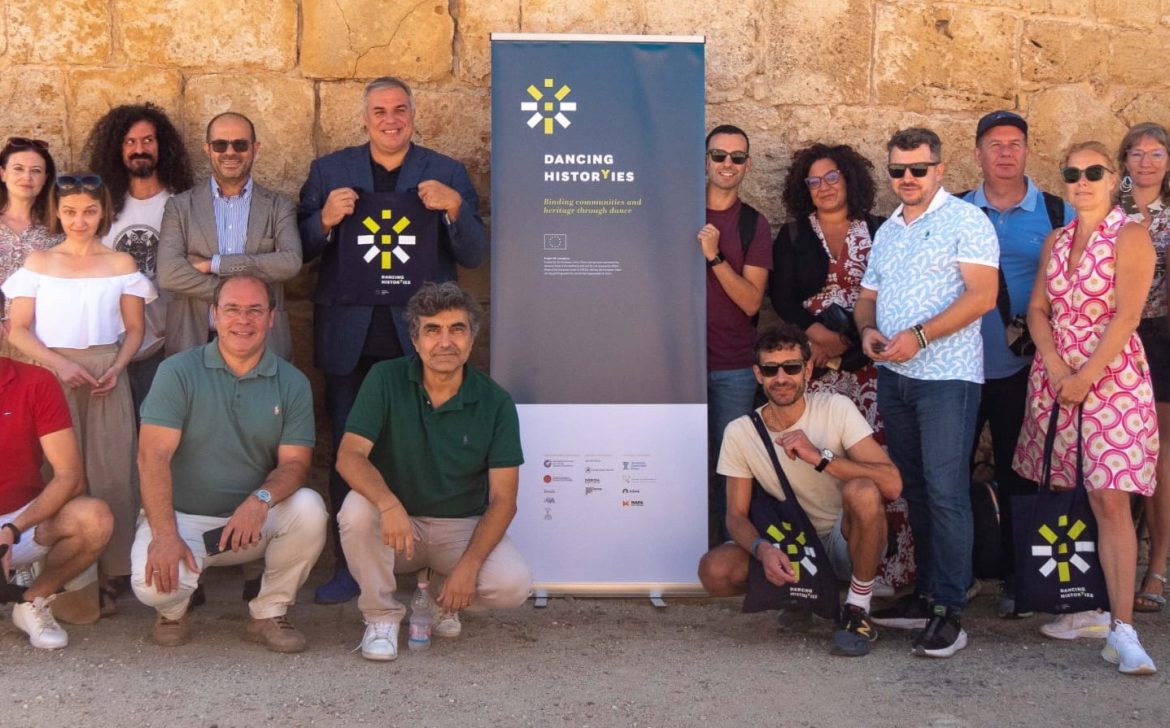5th Newsletter of Dancing Histor(y)ies
FESTIVALS
Ostia Antica - Archaeological Park
Ostia Antica - Archaeological Park
Viminacium Arheološki park/Archaeological Park
Viminacium Arheološki park/Archaeological Park
Festival de Teatro Clásico de Mérida
Festival de Teatro Clásico de Mérida
Tharros - Archaelogical Park
Tharros - Archaelogical Park
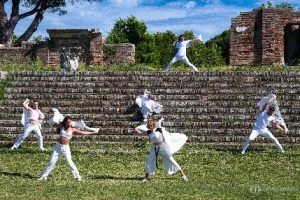
After the Italian preview in May, the Dancing Histor(y)ies Festivals of Ostia Antica, Viminacium, Mérida and Tharros have taken place in the last two months promoting the concepts behind the project and involving the public and the population of the fascinating locations that hosted them. Now, we just have to go through the news shared by our local partners of this exciting summer dedicated to Dance and European cultural heritage.
June 24/26 – Viminacium Arheološki park/Archaeological park
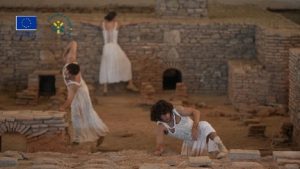
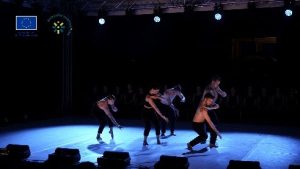
The Institute of Archaeology in Viminacium is the organizing partner of the first international contemporary dance festival for Dancing Histor(y)ies, which, under the title of ReMOVING Borders, was held from 24 to 26 June at the Archaeological Park in Viminacium. For the first time in this evocative setting, an event took place presenting a rich program of daytime and evening meetings dedicated to dance, curated by expert representatives of the world of contemporary dance, art and archaeology of Viminacium, involving the local communities of Kostolac and Požarevac. Three dance companies staged their productions: 420People, Derida Dance Center and ilDance.
All the details at the link: https://dancinghistoryies.org/viminacium/
July 05/07 – Festival de Teatro Clásico de Mérida
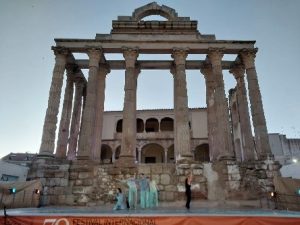
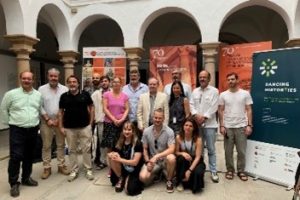 For this 70th edition, the Festival Internacional de Teatro Clasico de Mérida has staged a series of activities in line with the project values and concepts. At the same time, it has promoted several archaeological spaces in town that during the shows have involved the community and promoted the potential of using the city’s cultural heritage. “Diálogo” is the word that defines Dancing Histor(y)ies, the dialogue between the performing arts and cultural heritage, the dialogue between institutions and different countries. Proof is the fact that culture is a key to open doors to cross borders and establish collaborations. The artistic partners who presented their shows were ilDance, with a staging at the Roman Forum ‘Un día seremos estatuas’, and the group 420PEOPLE, with “Ícaro” at the Templo de Diana.
For this 70th edition, the Festival Internacional de Teatro Clasico de Mérida has staged a series of activities in line with the project values and concepts. At the same time, it has promoted several archaeological spaces in town that during the shows have involved the community and promoted the potential of using the city’s cultural heritage. “Diálogo” is the word that defines Dancing Histor(y)ies, the dialogue between the performing arts and cultural heritage, the dialogue between institutions and different countries. Proof is the fact that culture is a key to open doors to cross borders and establish collaborations. The artistic partners who presented their shows were ilDance, with a staging at the Roman Forum ‘Un día seremos estatuas’, and the group 420PEOPLE, with “Ícaro” at the Templo de Diana.
All the details at the link: https://www.festivaldemerida.es/en/the-festival/
July 12/14 – Tharros Archaeological Park
The rhythm of international dance beats strongly in the ancient heart of Sardinia thanks to Dancing Histor(y)ies, which chose the wonderful archaeological area of Tharros. Six international dance groups took to the stage: ilDance, Polish Dance Theatre, Derida Dance Center, as well as Mvula Sungani Physical Dance and a co-production that saw the E-Motion Group, ASMED Balletto di Sardegna and Compagnia Danza Esttemporada together. The groups danced on History, recovering ancient and new narratives starting from the life of those communities that, precisely in territories so rich in memory, have chosen to reside, articulating their present.
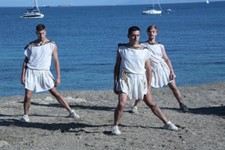
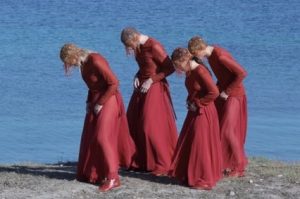 The Off Festival calendar of events is also original, with a rich series of collateral activities aimed at actively promoting historical heritage: the Laboratory/scenic game/animation “Dance on your wave” dedicated in particular to children and young people and inspired by waves; the workshop entitled “The story in reverse” in which dancers, choreographers and musicians met local communities; the Talk “Sguardi su Tharros” (A glance on Tharros) with the artists who spoke about their encounter with the site of Tharros.
The Off Festival calendar of events is also original, with a rich series of collateral activities aimed at actively promoting historical heritage: the Laboratory/scenic game/animation “Dance on your wave” dedicated in particular to children and young people and inspired by waves; the workshop entitled “The story in reverse” in which dancers, choreographers and musicians met local communities; the Talk “Sguardi su Tharros” (A glance on Tharros) with the artists who spoke about their encounter with the site of Tharros.
All the details at the link: https://dancinghistoryies.org/tharros/
Keep following us! See you in September for more news to come!

The European Commission’s support for the production of this publication does not constitute an endorsement of the contents, which reflect the views only of the authors, and the Commission cannot be held responsible for any use which may be made of the information contained therein.
DATA MANAGEMENT
In compliance with Regulation (EU) 2016/679 of the European Parliament and of the Council of 27 April 2016 we hereby inform you that your personal data are part of a specific database for the collection and management of personal data within the project Dancing Histor(y)ies (from here onwards referred to as the “Project”) whose Joint Data Controller is Associazione Enti locali per le attività culturali e di spettacolo, with headquarters in Via Pasquale Paoli n.25 – 09128 Cagliari, VAT number: 01859050922 together with the other Joint Data Controllers defined by the GDPR agreement signed within the Dancing Histor(y)ies consortium.
The Joint Data Controllers may process the personal data collected for the period necessary to fulfil the obligations established in the Partnership agreement concluded between the Joint Data Controllers and other project partners and/or in the Grant agreement concluded between the Joint Data Controllers and other project partners and the European Commission.
Interested parties can contact the Data Protection Officer (DPO) by sending an email to: dancinghistoriesdpo@gmail.com to have a complete view of the GDPR or to exercise each of the following rights: access to their personal data; obtain a copy of the personal data; correct personal data; delete your data; limit processing; request data portability; exercise the right of objection; file a complaint.

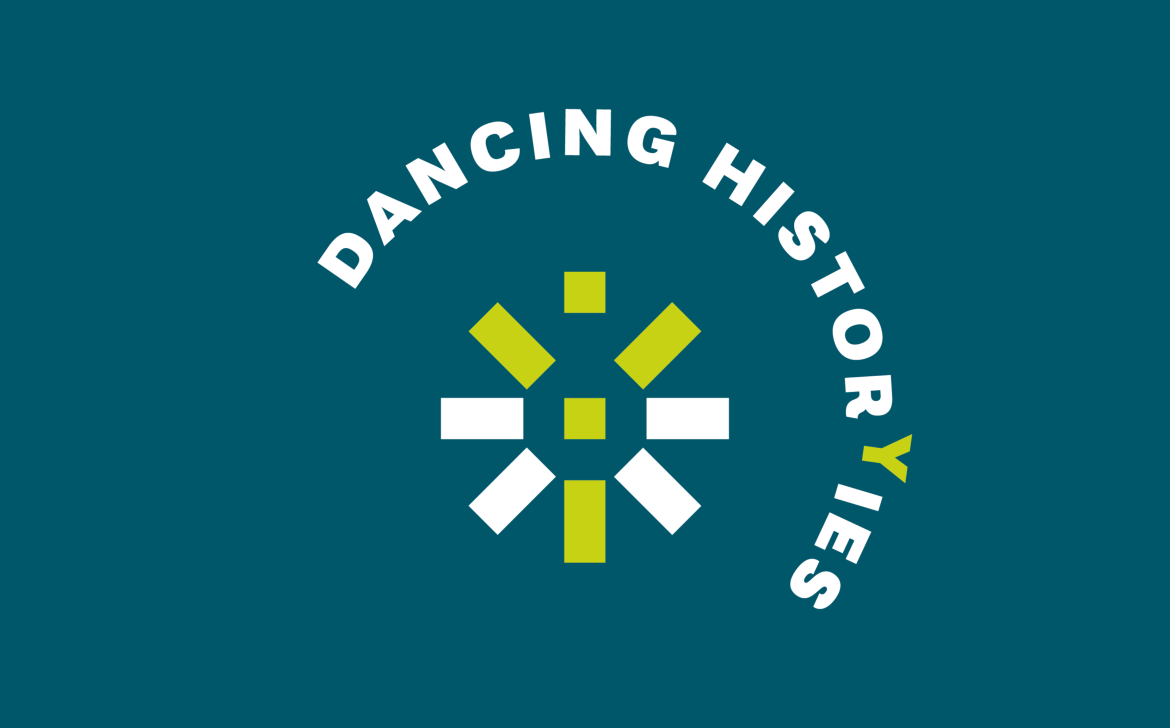
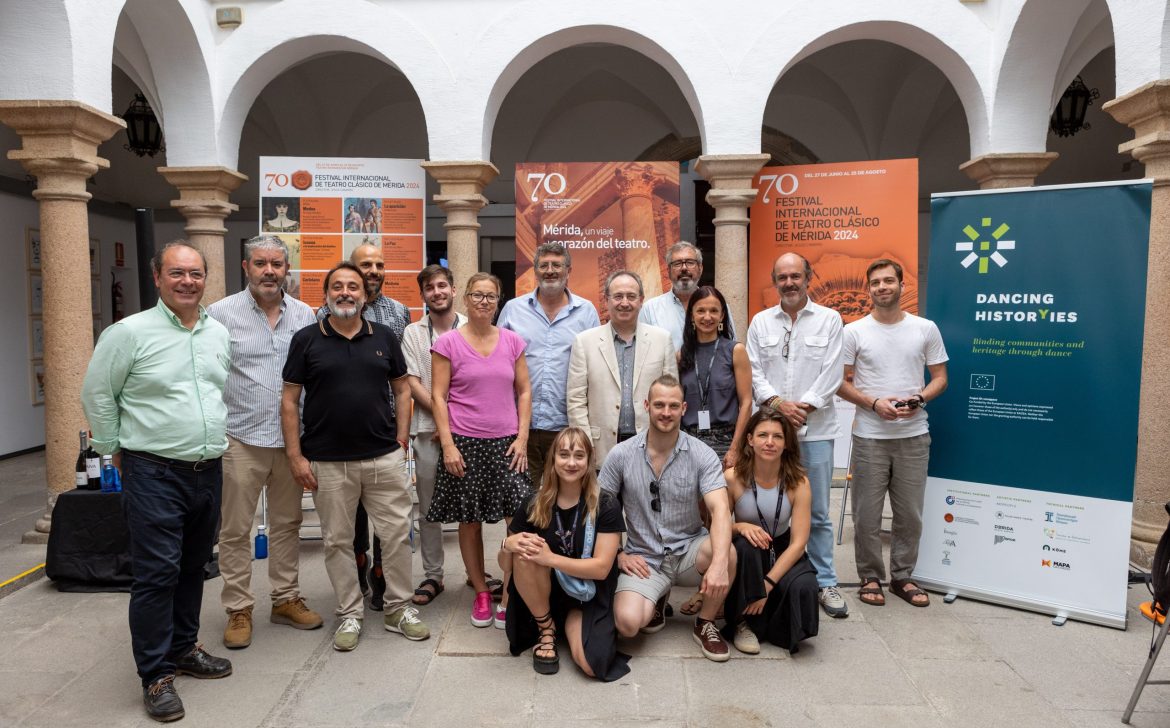
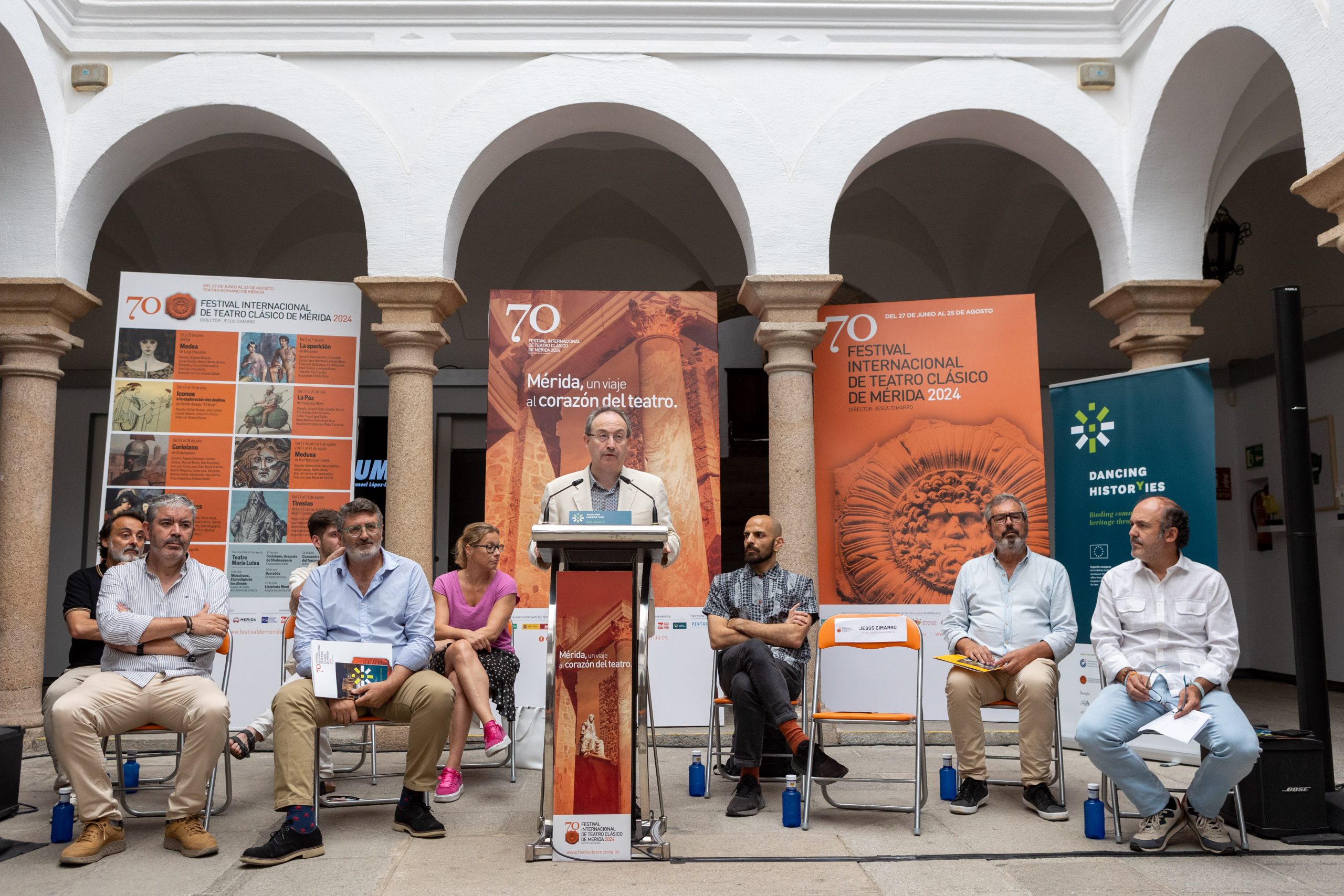
 Antonio Marín, Director of the Centre for Performing Arts and Music of Extremadura (CEMART), emphasised that “dialogue” is the word that defines Dancing Histor(y)ies, highlighting the importance of communication between performing arts and heritage, among different institutions, and across various countries. This approach demonstrates that “culture is a key that opens doors to cross borders and establish collaborations.” Marín also noted that the Mérida Festival is the only event held in four archaeological sites, reinforcing its uniqueness and commitment to heritage conservation while crossing borders throughout Europe.
Antonio Marín, Director of the Centre for Performing Arts and Music of Extremadura (CEMART), emphasised that “dialogue” is the word that defines Dancing Histor(y)ies, highlighting the importance of communication between performing arts and heritage, among different institutions, and across various countries. This approach demonstrates that “culture is a key that opens doors to cross borders and establish collaborations.” Marín also noted that the Mérida Festival is the only event held in four archaeological sites, reinforcing its uniqueness and commitment to heritage conservation while crossing borders throughout Europe.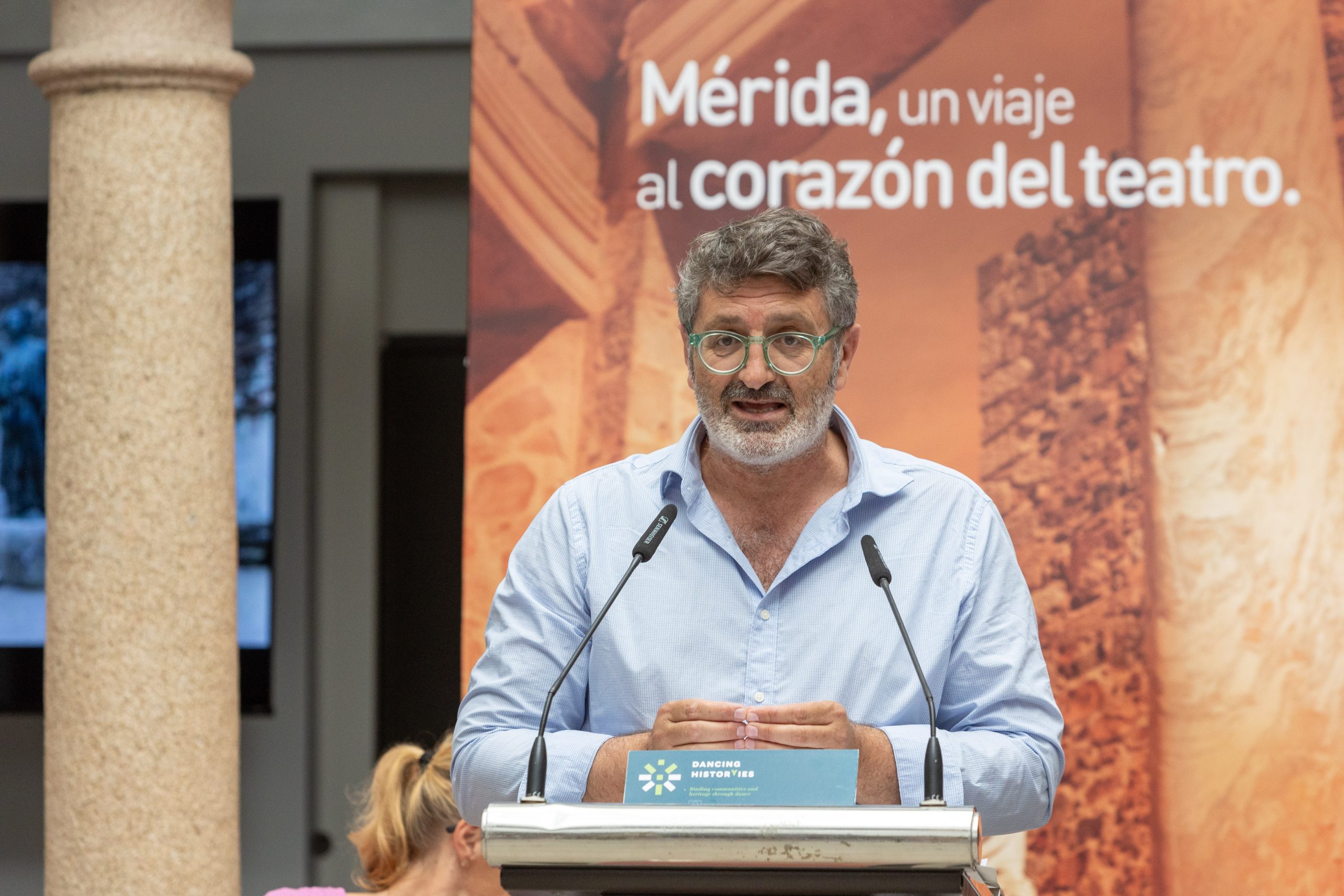
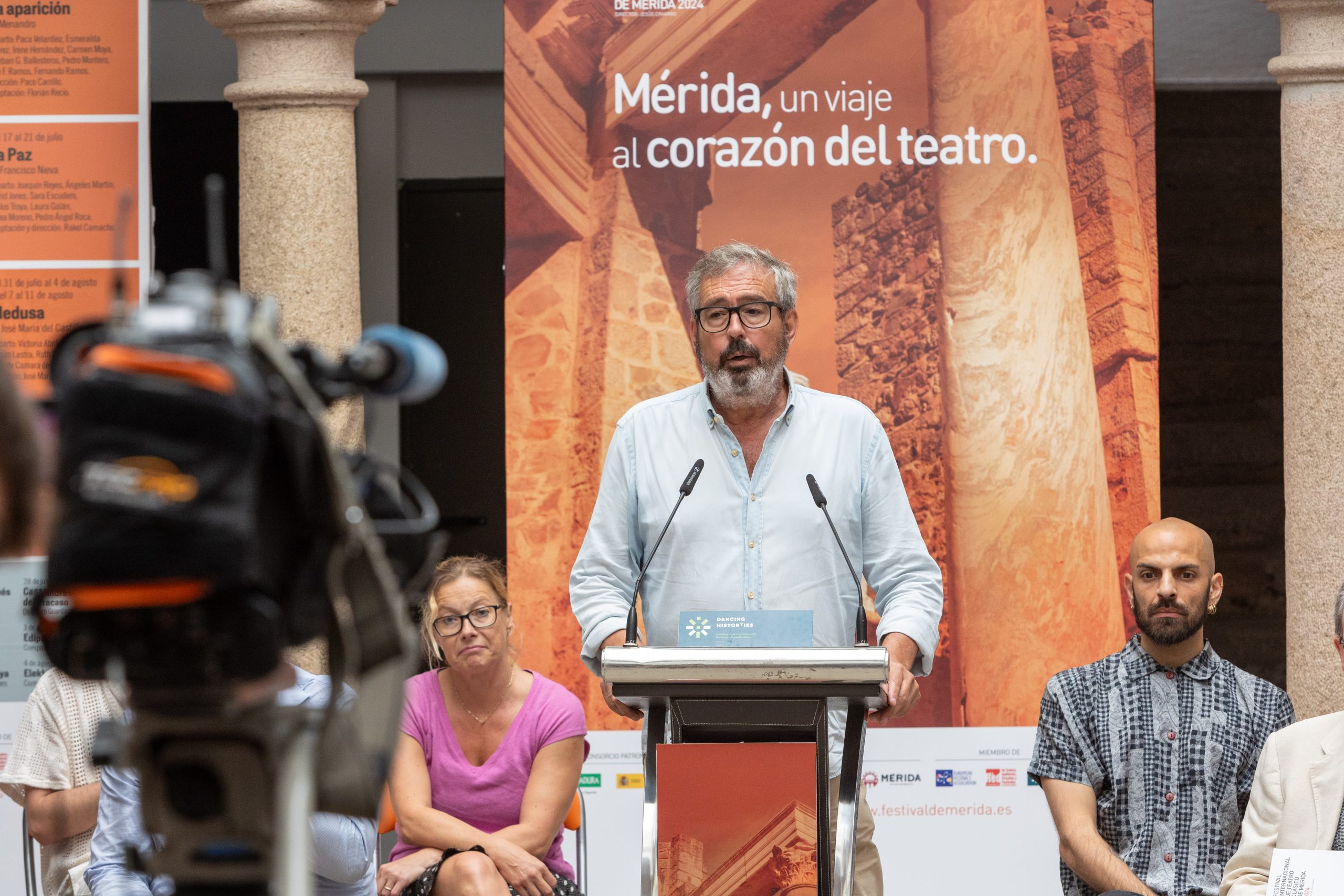
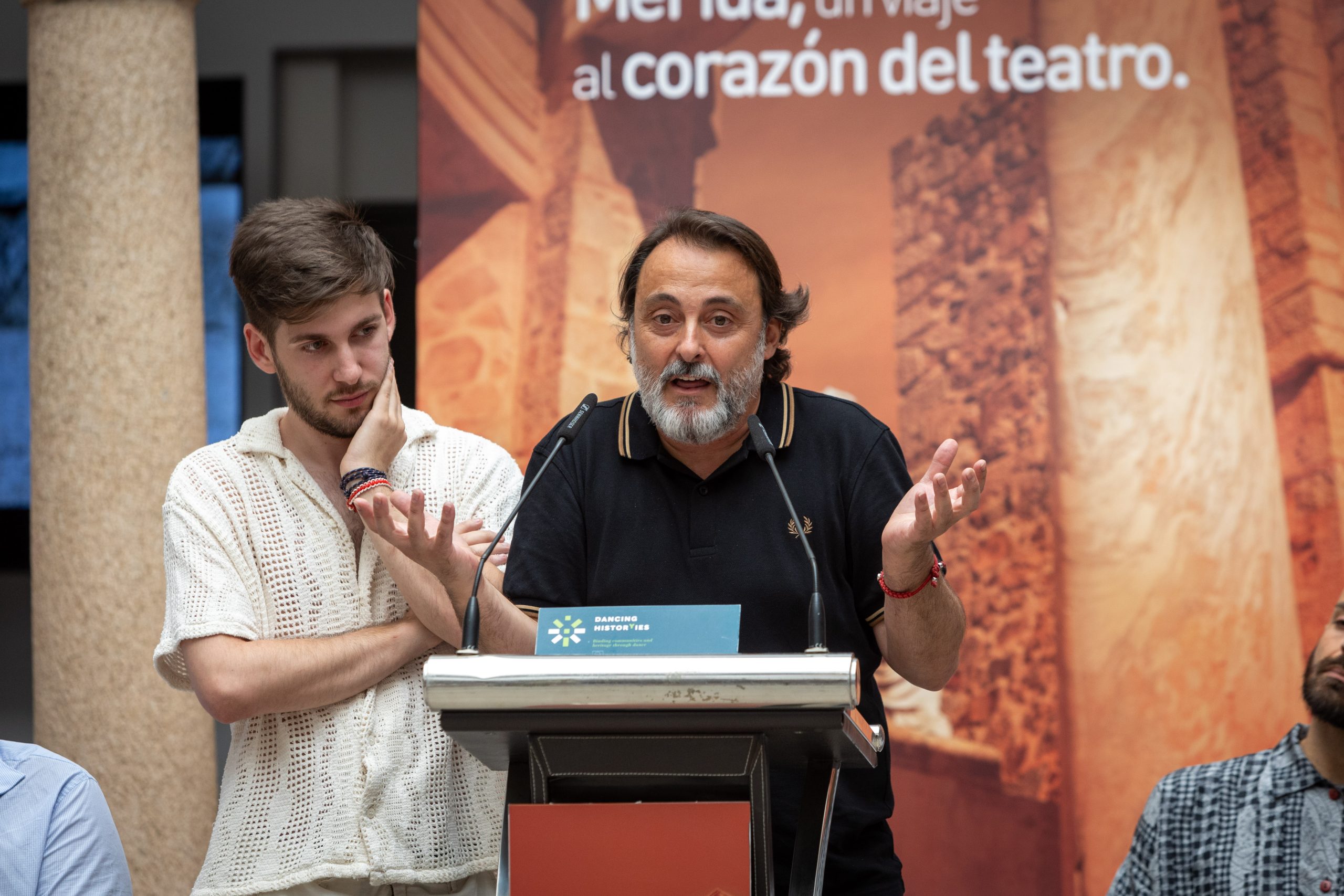
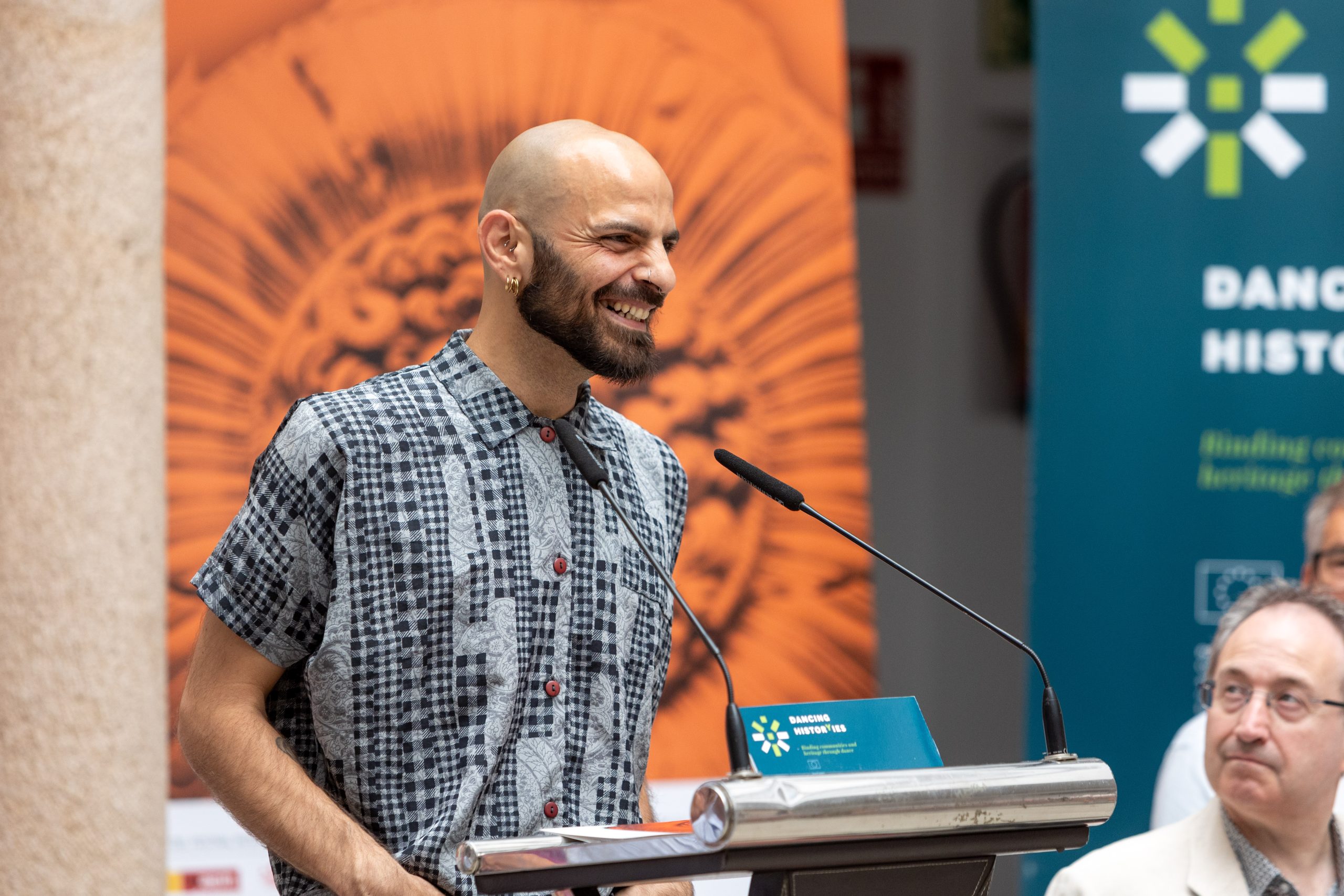
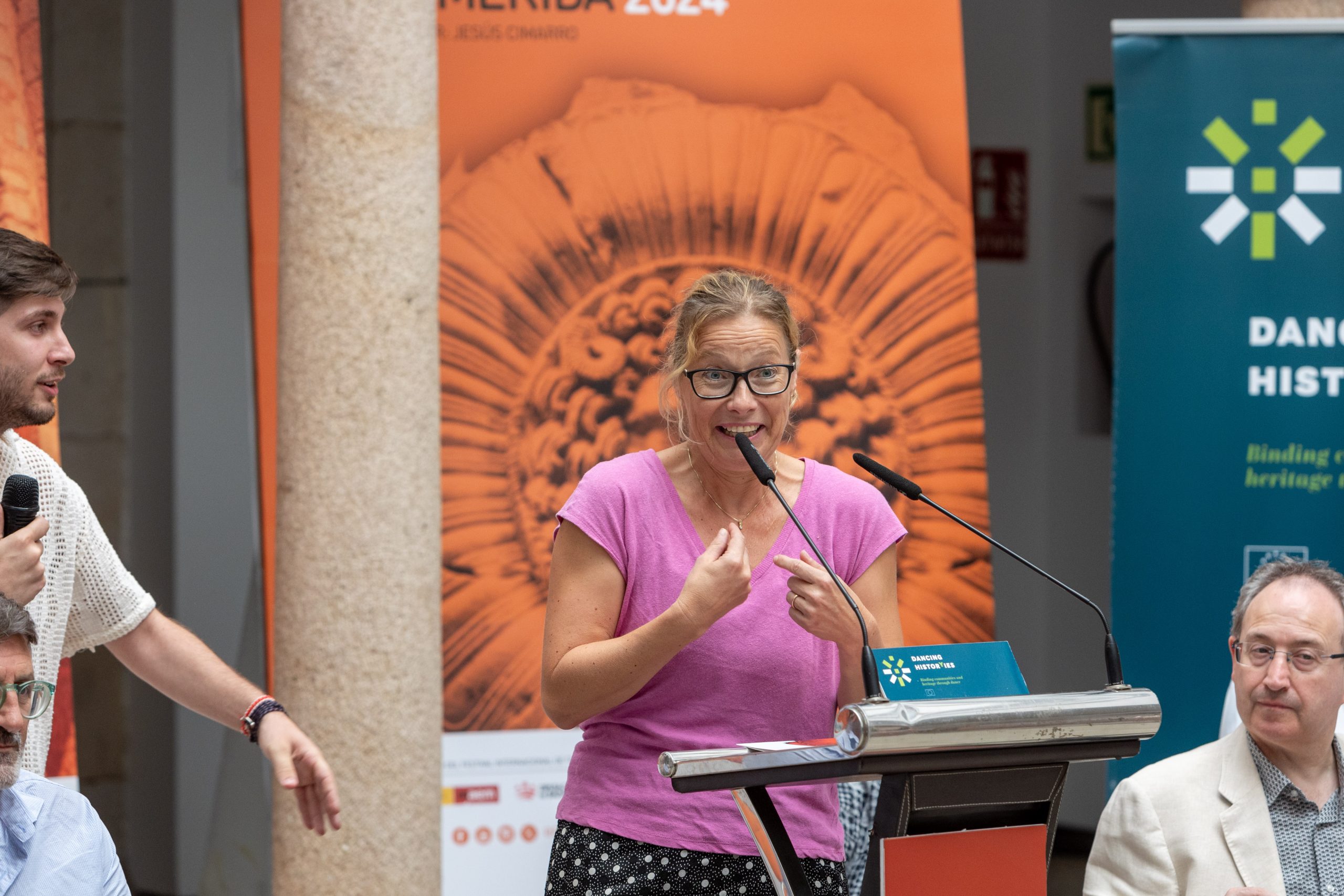
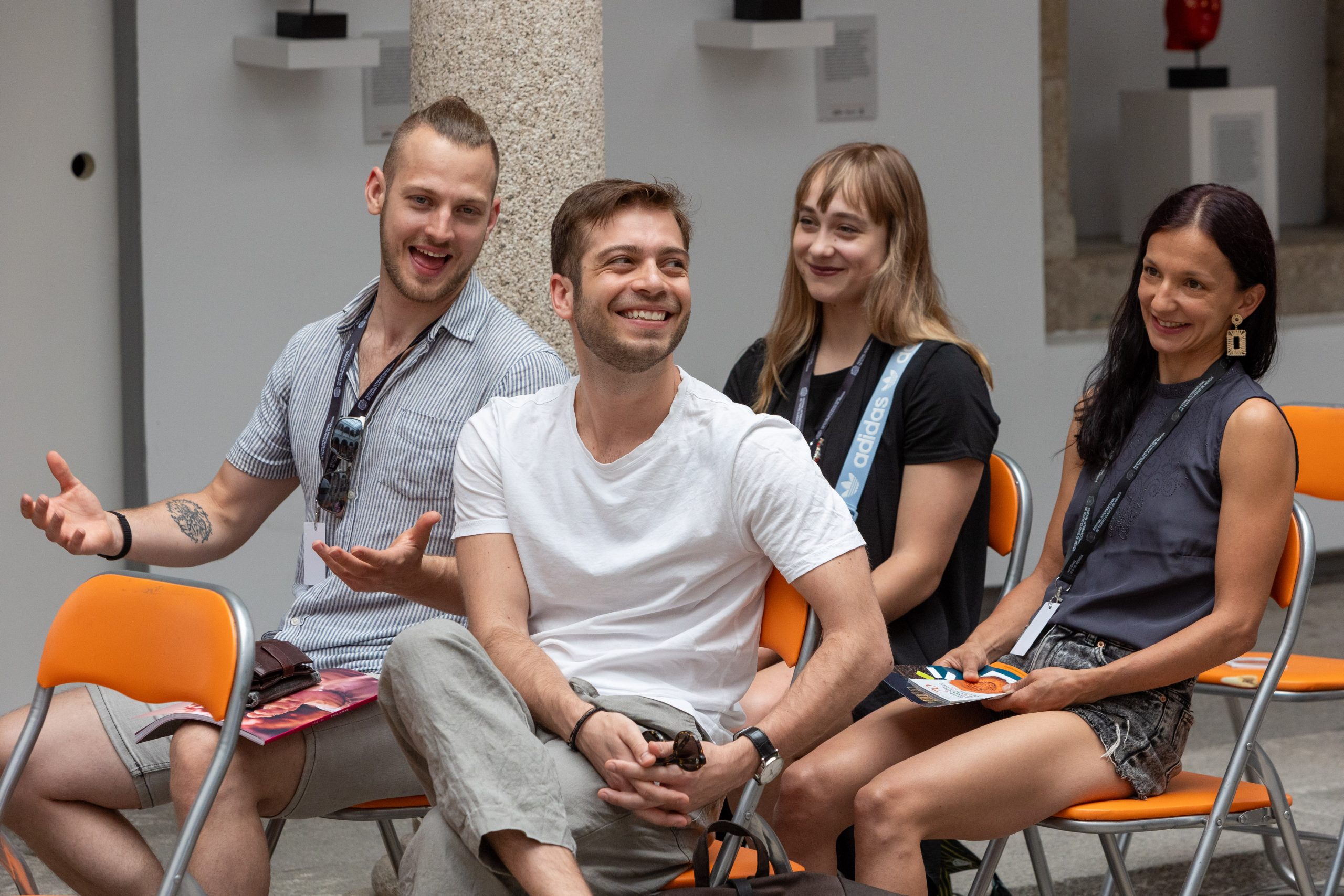
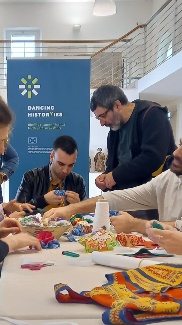 In all the involved communities the workshop is addressed to a wide spectrum of people: elder people, young people, people with disabilities, meaning any range of the active population in the communities.
In all the involved communities the workshop is addressed to a wide spectrum of people: elder people, young people, people with disabilities, meaning any range of the active population in the communities.